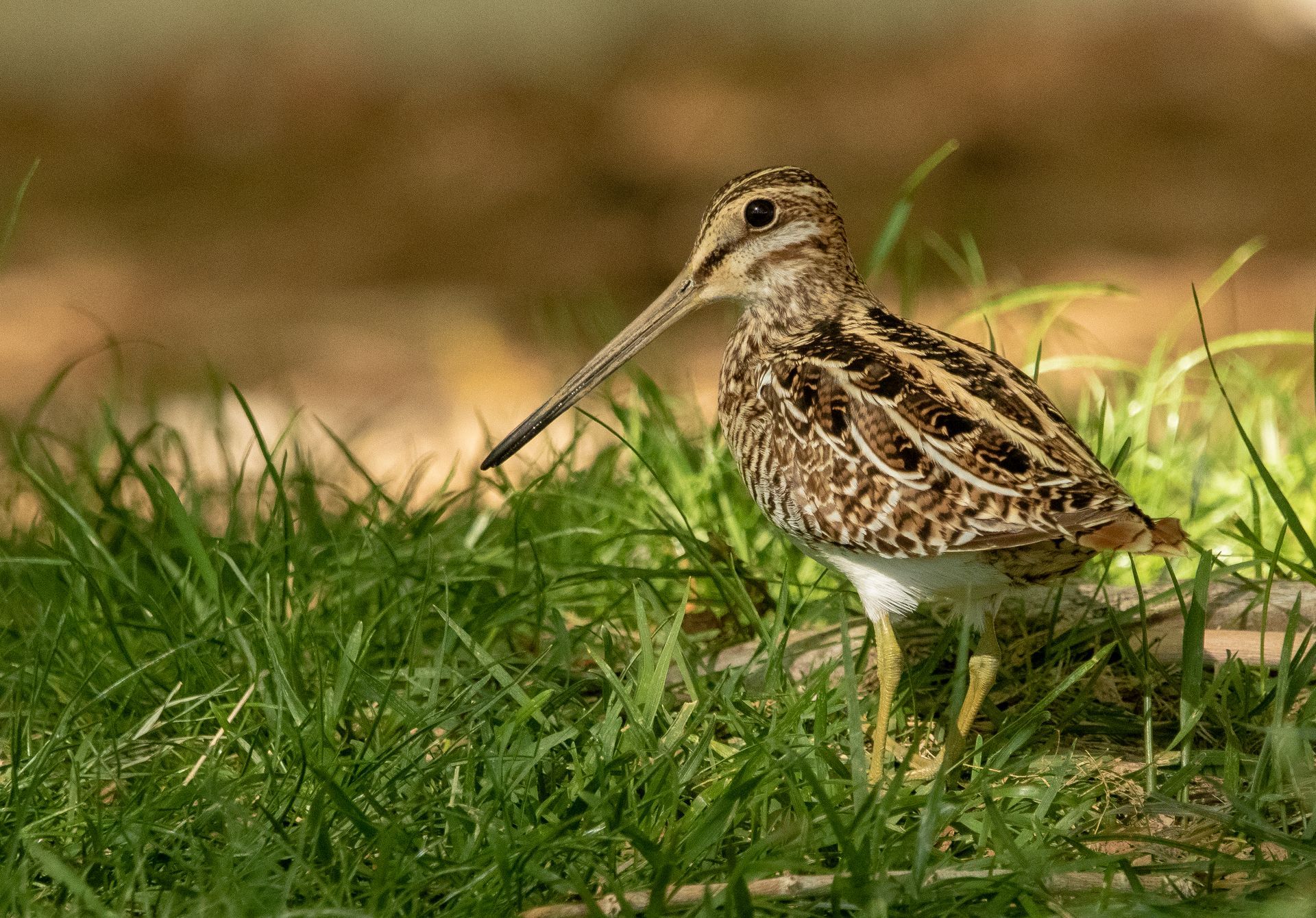By Alex Harper
•
October 31, 2025
When the days grow shorter, the nights cooler, and winds begin to turn south, many birds begin to change their behaviors. The breeding season has come and gone. Some species spend their lives close to home, perfectly adapted to their habitats through all seasons. But for most North American songbirds, migration is a necessary annual act of survival in the seasonal pursuit of food, water, and safety. These include flycatchers, vireos, thrushes, sparrows, blackbirds, warblers, tanagers, grosbeaks, and buntings. As insects vanish and leaves fall across northern regions, many birds push south, traversing mountains, valleys, and deserts in search of suitable habitat. Many of these birds are intending to make their way to the warmer climates of Mexico and more tropical areas for the colder months. In the arid expanse of the Mojave Desert, safe stopover sites are few and far between. Migrants that are not desert specialists often must locate oases, which are small pockets of water, shade, and food, to rest and refuel. Some are natural: mountain springs and creeks, valley wetlands, or canyons. Others are entirely human-made: parks, cemeteries, and towns where irrigation and ornamental trees create relatively lush islands in a sea of desert. These green patches, although artificial, can mean the difference between exhaustion and success for a traveling flycatcher or warbler. One such refuge sits right on the California-Nevada border along I-15. This is the “town” of Primm. To most travelers between Los Angeles and Las Vegas, it’s another brief stop for gas and food. A defunct roller coaster and closed shopping outlet give the impression that Primm’s prime is behind us. But for birders, it’s a birding hotspot. Primm’s irrigated lawns and runoff from water sources draw birds from miles around. Its small size makes it easy to cover, and its isolation makes it stand out. It’s an island of green surrounded by dry lake beds and sparse vegetation. Primm is a classic “migrant trap,” where the color green and promise of water concentrates birds in one small place. Though songbirds navigate with remarkable precision by reading the stars, reading the Earth’s magnetic fields, and using landmarks - they do sometimes go astray. Young or disoriented individuals may travel the right distance but in the wrong direction, bringing eastern or Great Plains birds into western deserts. For birders, these navigational errors are the source of exciting discoveries, especially in the Fall. When one rare bird is found, more often follow. This is the “Patagonia Picnic Table Effect,” named after a famous site in Patagonia, Arizona, where a single unusual sighting decades ago triggered a rush of birders who went on to discover even more rarities. Primm functions much the same way: one exciting report draws others to look, and the increased attention yields more discoveries. The town’s lawns and patches of trees may not be appealing, but birders affectionately call it the “Primm Forest Preserve,” a tongue-in-cheek tribute made by biologists working in the region in the mid-2010s. The Fall of 2025 was especially exciting, with Baltimore Oriole, multiple Painted Buntings, a Blackburnian Warbler, Yellow-throated Warbler, and more showing up in a short amount of time. As birder and biologist Michael McCloy shared, “This oasis contains some of the only real trees and water for miles, acting as a magnet for any migrating songbirds in need of rest and refueling.” During his near-daily visits this September, he witnessed moments of pure wonder: “One day I turned around and there was a Lark Bunting and a Dickcissel at the same roadside puddle. Another day, a Marsh Wren perched twenty feet up in a tree. And when a Black-throated Blue Warbler showed up, it came within three feet of me. I wondered if it was going to land on my arm.” For Clayton Peoples, who visits regularly from Reno, Primm has become a staple of southern Nevada birding. “It’s one of my go-to places,” he said. “I used to stay at Buffalo Bill’s just to be right there at sunrise.” Clayton recalls finding a Nelson’s Sparrow with Dave Anderson, a Dickcissel while searching for a Painted Bunting, and most recently a hatch-year female Black-throated Blue Warbler. Many of these birds are considered “ review list ” for Nevada. He shares updates through the WhatsApp groups and Facebook, helping others join in on sharing are bird sightings. For birders from across the state, Primm has become an unlikely meeting ground for the birding community. On a population scale, migrant traps like Primm may seem insignificant. But for individual birds, these patches of green can mean survival - a brief chance to rest, feed, and rebuild strength before continuing south. Every visit is a gamble with the possibility of reward, especially in April-early June and August to late October when most songbirds are migrating. Whether you’re in Primm, Corn Creek, Indian Springs, or a patch of trees in your neighborhood park, have a look and be open to the idea of finding something you wouldn’t expect. You never know what might drop in.




